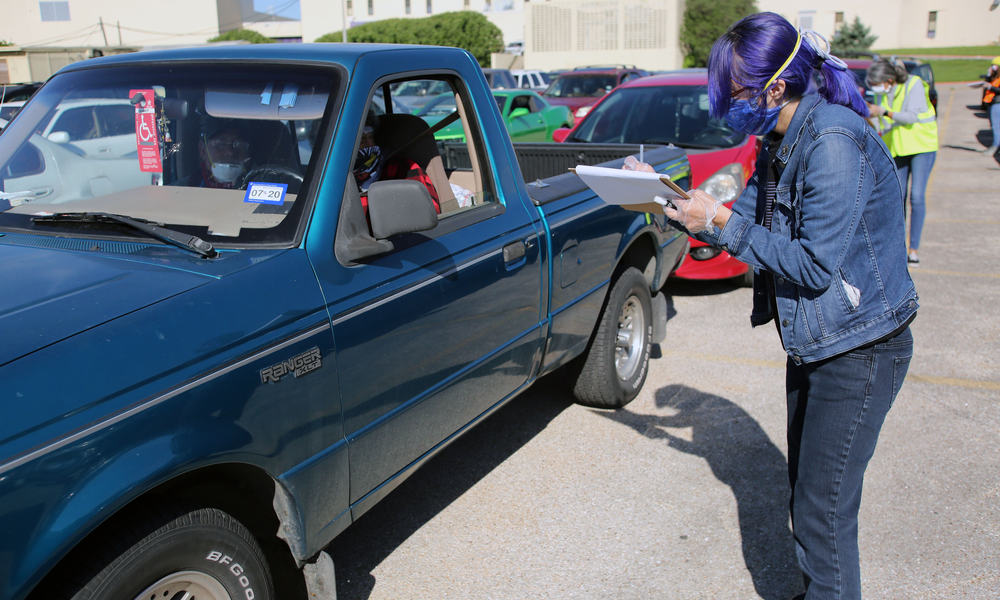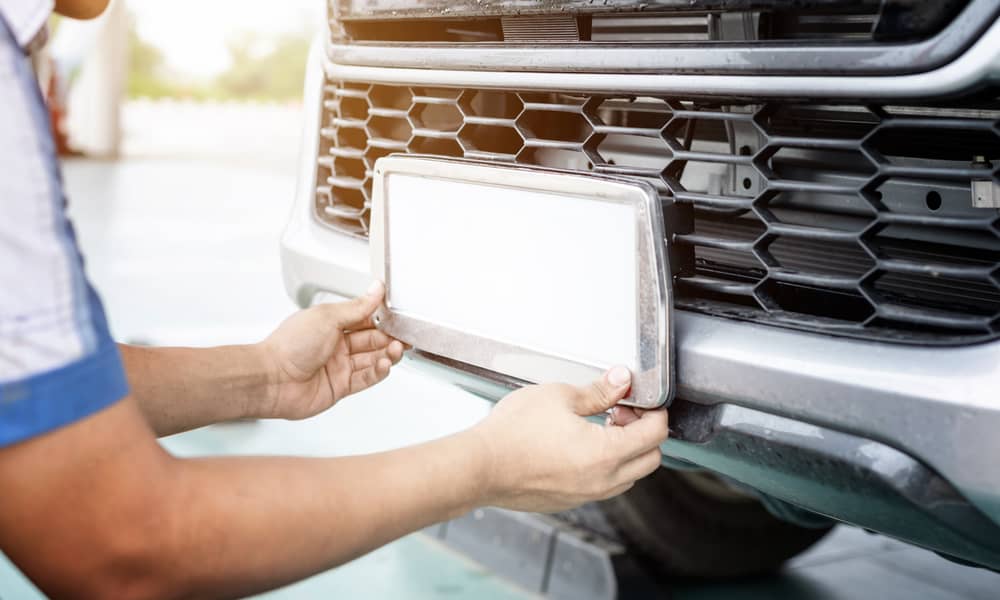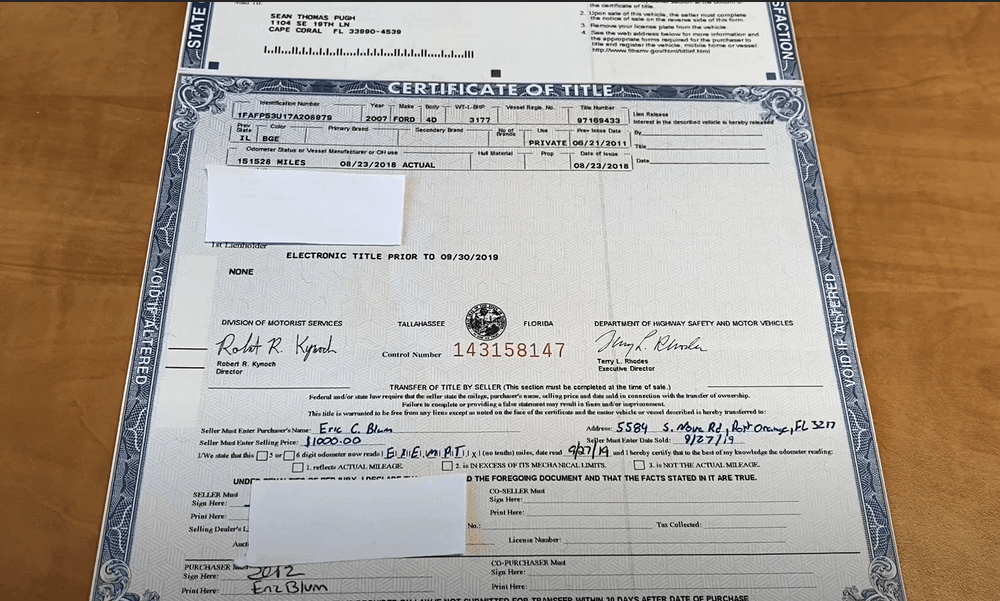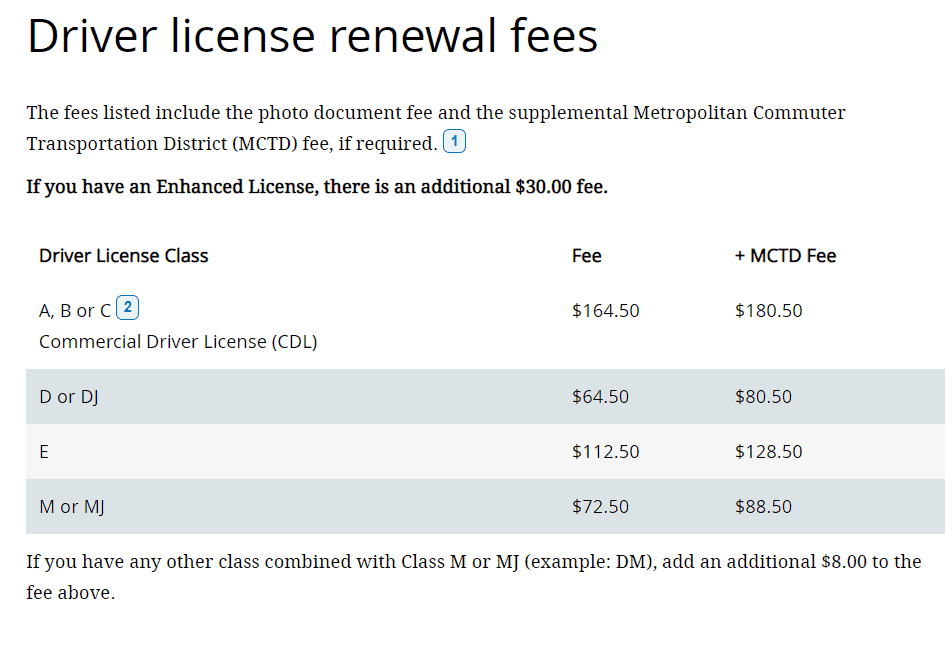
According to the National Insurance Crime Bureau, one car is stolen in the US every 6.5 minutes. The country records almost 220 motor vehicle theft cases per 100,000 population. That’s despite the fact that the number of full-time law enforcement officers in the US has gone up in recent years.
Who is to blame for the situation? One report points the finger at car owners. It states that more than one in 2 have become complacent about theft. But your presence here indicates that you take your vehicle’s safety seriously. Read on to know how to track a car.
How to Track a Car
Here are various methods using which you can do it:
Using Your Car’s Built-in GPS
Here is one of the easiest ways you can track a vehicle. It requires you to tap into your vehicle’s pre-existing navigation system, a feature that comes in top-of-the-line models. This method lets you track your car for free as you won’t have to buy a separate GPS tracker.
Here’s how you can track your car using its built-in GPS:
- Connect to the internet from your smartphone or laptop
- Log into the GPS tracking platform’s website
- Register by entering the details of your vehicle
- Start tracking your car’s location
This method is super-easy to execute but it poses one problem. Not all cars that you see on the road come with a built-in GPS. Those that do charge a premium for the same. That’s quite understandable as they require you to pay extra for equipment that would keep your car safe.
Using a Mobile Phone
Here is an inexpensive way to track your vehicle’s whereabouts. All it needs is for you to have a smartphone with good cellular network coverage and GPS functionality. The smartphone also needs to have a data plan that could fulfill your car tracking needs.
Here’s how to track a car with a cell phone:
1. Purchase a smartphone
It must have good cellular network coverage and GPS functionality. Its battery timing should also be respectable with data usage.
2. Subscribe to a data plan
One that must be sufficient enough to cover the entirety of your car tracking needs. The data plan may cost you between $5 and $20 per month.
Don’t go low when choosing a data plan. Or else you may end up with one might end in the middle of the month, leaving you no choice but to re-subscribe.
3. Download and install a car tracking app
Examples of car tracking apps include both free (Google Maps, AccuTracking) and paid (InstaMapper) applications.
We recommend paid applications because they are more reliable and bug-free. They also give you added features like voice alerts and notifications.
4. Complete the app’s registration process
You’d need to create a new account to begin the registration process. After that app would require you to verify your credentials.
It would also require you to enter the phone number of the smartphone you’re going to use as your vehicle’s GPS tracker.
5. Place the smartphone in your car
Some car owners choose to mount the smartphone under the dashboard to ensure that it remains hidden from view. Others simply place it under the seat.
Never put your smartphone where it’s visible to those outside your car. Or else it might tempt miscreants to break into your vehicle when it’s parked.
6. Connect it to a power source
That’s because you need your GPS tracker-smartphone to run 24/7. You can either connect its charging cable to the wires leading to the 12V cigarette lighter.
You can also innovate and connect the cable to the wires that lead to the car’s battery. Or you can manually recharge the phone every time the car’s home.
7. Start tracking from your other device(s)
Log into the website of the GPS tracking platform from your personal smartphone, laptop, or tablet by entering your credentials and start tracking your car.
Using a GPS Device

Found the abovementioned method too cumbersome? Then you may find the option of tracking your car with a GPS device more appealing. It merely requires you to purchase a GPS device, place the device in your car, and log into its platform from your smartphone or laptop.
After registering on the platform and verifying your credentials, you’ll then be led to a page showing you your vehicle’s exact location. GPS devices are a better alternative to tracking your car than a smartphone because they have extended battery lives and don’t require a data plan of their own.
These devices can also stay up and running for a fortnight, thereby eliminating the need for you to connect them to a power source within your car. At the end of its charging period, you can take out the GPS tracking device and recharge it – before again placing it in your vehicle when it’s fully charged.
FAQs and Answers
Q: Can you track a car with Bluetooth?
A: You can track a car using devices with Bluetooth functionality. Examples of such devices include one of Tile’s latest gadgets. However, since these devices have a limited range – a few hundred feet at best, they are only suitable for locating your car in a parking lot.
Q: What are the best car tracking apps for Android and iPhone?
A: Hurdlr, Google Maps, and SpotAngels are three of the best car tracking apps for Android devices. iPhone users are also spoiled for options. They can pick from various apps, including GPS Tracker, Glympse, LocaToWeb, and more.
Conclusion
Learning how to track a car these days is super-easy. All you need are three things: an internet connection, a GPS device, and a GPS tracking platform.
They will give you peace of mind that your car is at a safe location and not in possession of some miscreant. You can thus focus on the task at hand by not worrying about your vehicle’s safety.
The post 3 Easy Ways to Track a Car appeared first on Smart Motorist.
source https://www.smartmotorist.com/how-to-track-a-car





























